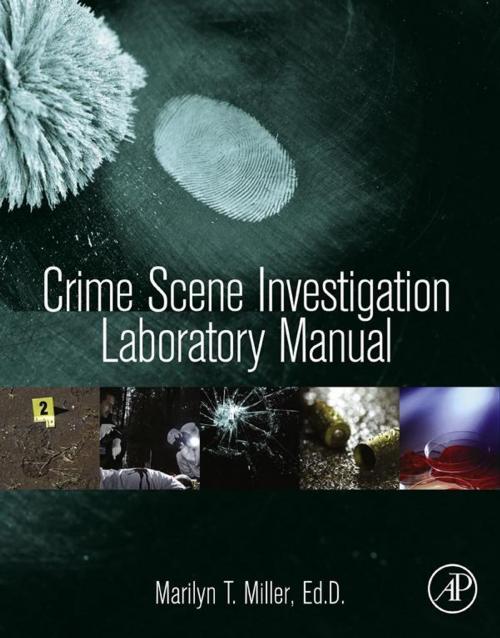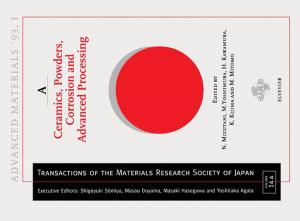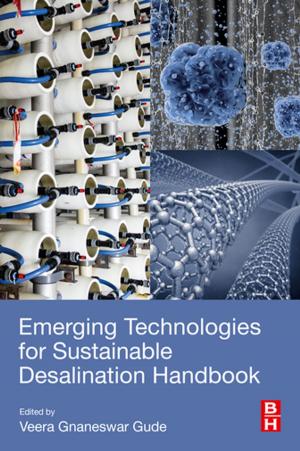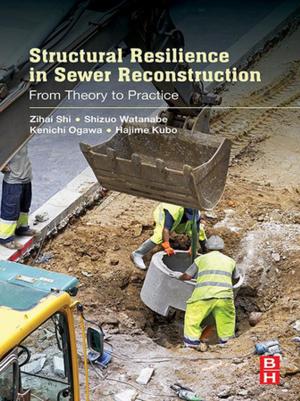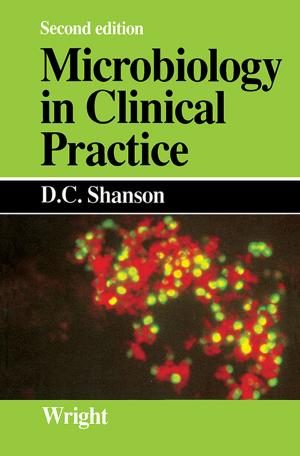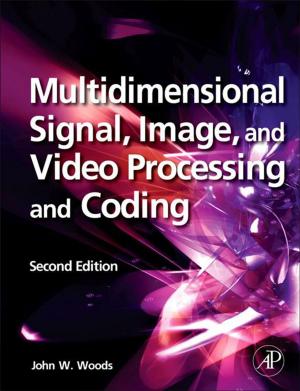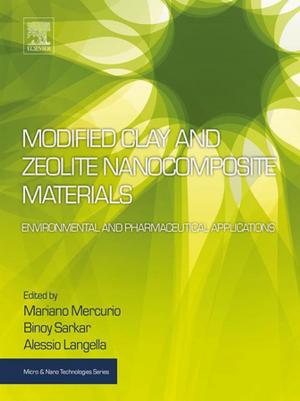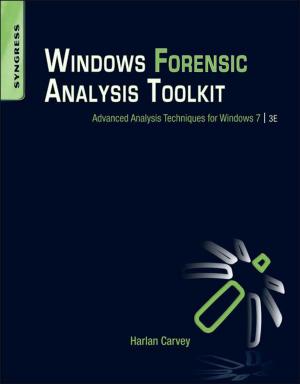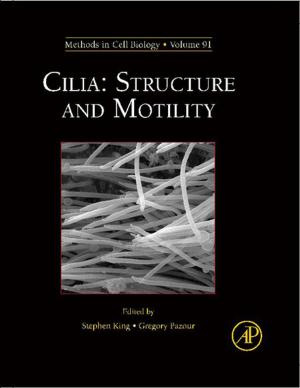Crime Scene Investigation Laboratory Manual
Nonfiction, Reference & Language, Law, Forensic Science, Social & Cultural Studies, Social Science, Crimes & Criminals, Criminology| Author: | Marilyn T Miller | ISBN: | 9780124058736 |
| Publisher: | Elsevier Science | Publication: | December 7, 2013 |
| Imprint: | Academic Press | Language: | English |
| Author: | Marilyn T Miller |
| ISBN: | 9780124058736 |
| Publisher: | Elsevier Science |
| Publication: | December 7, 2013 |
| Imprint: | Academic Press |
| Language: | English |
Crime Scene Investigation Laboratory Manual provides information, examples, and exercises for all aspects of crime scene investigation. The exercises will teach the proper techniques for securing, documenting, and searching a crime scene, how to visualize or enhance the evidence found, how to package and preserve the evidence, and how to reconstruct what happened at the crime scene. This manual is intended to accompany any crime scene investigation textbook. Written by a former crime scene investigator and forensic scientist, the information is practical, straightforward, and will be immediately applicable. Learn all the latest techniques and procedures including deconstructing first responder contamination, the preliminary walk-through, utilizing associative evidence, enhancing trace, biological, and chemical evidence, and reconstructing scenes through wound dynamics, glass fracture patterns, bloodstain patterns, ballistics, and more.
- Designed to complement any text used in crime scene investigation courses
- Over 20+ proven exercises with material from actual crime scenes, providing students with hands-on learning
- Written by an experienced educator and former crime scene investigator/forensic scientist
Crime Scene Investigation Laboratory Manual provides information, examples, and exercises for all aspects of crime scene investigation. The exercises will teach the proper techniques for securing, documenting, and searching a crime scene, how to visualize or enhance the evidence found, how to package and preserve the evidence, and how to reconstruct what happened at the crime scene. This manual is intended to accompany any crime scene investigation textbook. Written by a former crime scene investigator and forensic scientist, the information is practical, straightforward, and will be immediately applicable. Learn all the latest techniques and procedures including deconstructing first responder contamination, the preliminary walk-through, utilizing associative evidence, enhancing trace, biological, and chemical evidence, and reconstructing scenes through wound dynamics, glass fracture patterns, bloodstain patterns, ballistics, and more.
- Designed to complement any text used in crime scene investigation courses
- Over 20+ proven exercises with material from actual crime scenes, providing students with hands-on learning
- Written by an experienced educator and former crime scene investigator/forensic scientist
